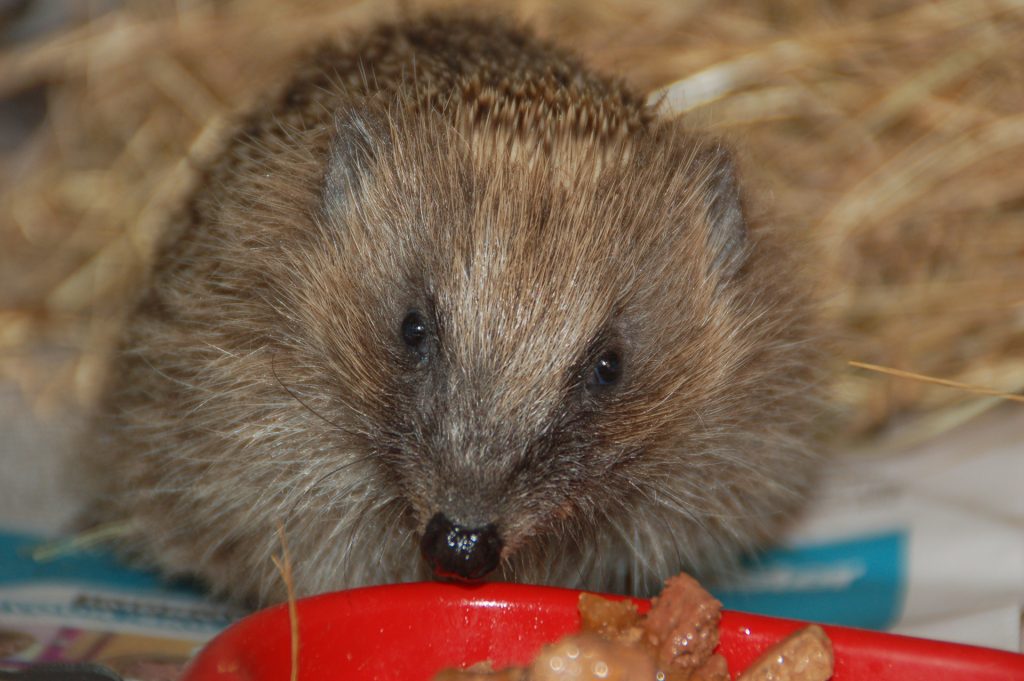How to build a hedgehog-safe bonfire
Born Free’s Rescue & Care Coordinator, Tarnya Knight, explains why bonfires can be harmful to hedgehogs, and how anyone planning a bonfire can reduce the risk of hurting one of the UK’s most iconic species.

At this time of year hedgehogs start looking for a place to hibernate, and with Guy Fawkes’ night only a few days away, an unlit bonfire is an attractive place for a hedgehog to build its nest.
Hedgehogs can die or suffer awful injuries through contact with bonfires, so we are asking anyone planning a bonfire to take some simple precautions to avoid causing this vulnerable species any harm.
How to make your bonfire safe for hedgehogs:
- Build your bonfire on the day it will be lit, putting the pile of material next to the bonfire site and rebuilding before lighting it.
- Choose clear ground, never on top of a pile of leaves or near to a pampas grass, as these are ideal nesting sites for a hedgehog.
- If you are unable to build the fire on the day of lighting, use a broom handle to check the bonfire by gently lifting section by section and using a torch to look and listen for hedgehogs. Please also only light the bonfire on one side and make sure everyone is away from the side that is unlit. There is always a possibility that you have missed a hedgehog and hopefully this will give it a chance to escape.
- If a bonfire has to be built in advance, prevent hedgehogs from getting in by putting chicken wire one metre high all the way around the bottom. This should be held in place with stakes and the wire should slope outwards at an angle to make it difficult to climb.
- If you do find a hedgehog in your unlit bonfire, place it carefully in a large box or cat carrier with leaves or shredded paper, with some water and meaty cat or dog food, and place it in an outbuilding where it can be left in the quiet until the fireworks have finished, and the bonfire dampened down. The hedgehog should then be returned near to where it was found preferably in a hedgerow or under a bush. Take the cat carrier door off or put the large box on its side, so that the hedgehog can venture out when it feels safe to do so.
Autumn and winter months are challenging times for hedgehogs like Dave (pictured above) born late in the year, known as ‘autumn juveniles’. They are unlikely to gain enough fat reserves to enable them to survive hibernation and may need specialist care at a wildlife hospital. Dave had fallen into a cellar, but he is currently recovering from his ordeal at a local rescue and hopefully with the weather still mild it won’t be long before he can be returned to his home range.
Through our UK small grants programme Born Free has supported hedgehog hospitals up and down the country by supplying them with incubators, overwintering pens, an ultrasound scanner, heat pads and helping with vet and food bills.
For more information about out UK small grants programme please email tarnya@bornfree.org.uk
